PPMC-Transport is supported by its audience. When you buy through our links, we may earn an affiliate commission. Learn more
Written by Steven Schiller
Fact checked by Henry Speciale
Most tire manufacturers recommend replacing tires after they reach six years of age. They embossed the tire manufacture date along with other critical information on the product’s sidewall.
As you read these inscriptions, you might find the letters and numbers confusing. So, how to read Michelin tire date codes?
Michelin tire dates can be found in the last grouping of 3 or 4 numbers in the DOT tire code. The first two digits represent the week of manufacture while the last two numbers specify the year the tire was produced. For instance, a DOT code that ends in “0512” means the tire was made in the 5th week of 2012.
Table of Contents
Whether you like it or not, tires expire after ten years at the latest because they contain organic materials that degrade over time. For example, tires made of rubber lose their elasticity as they age.
Some tires may break down faster than other brands because the compounds react differently to various factors like heat, ice and other driving conditions. So not knowing when exactly to replace them may compromise your safety.
For these reasons, tire manufacturers use markings to help vehicle owners estimate how long they can use certain products, even if the brand promises strong treadwear warranty like Michelin.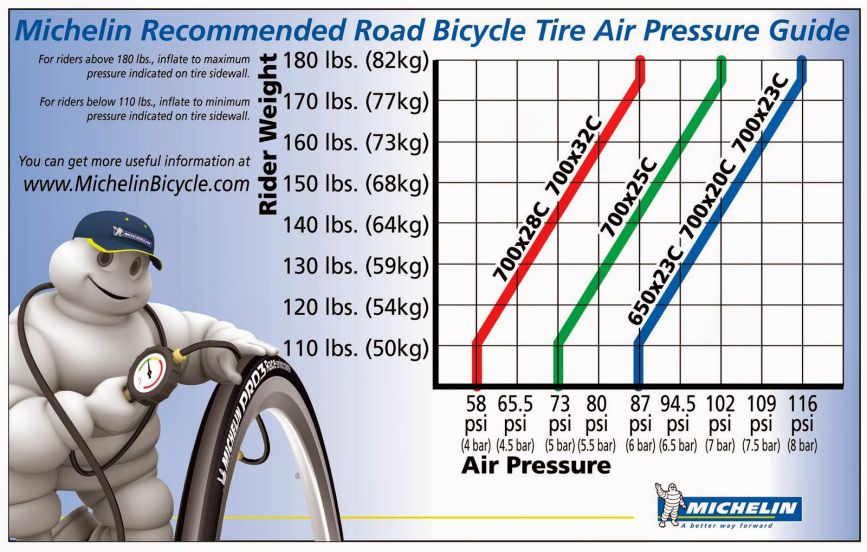
There is no specific regulation that standardizes the placement of any tire date code Michelin inscribes, but there are two ways to find this information.
1. Use the tire date code chart printed in your dealer registry card.
2. Check the DOT tire code in the inner or outer sidewall of your tire.
To make sure that you know how to tell when tire was made, it is important to familiarize yourself with the type of information included in Michelin DOT code lookup.
The Michelin tire sidewall displays three sections of sequences. They are:
1. Tire Specification
This is the most visible section because it reveals the following:
In brief, it may look like this: P 245/50 R17 98V
Note that if you don’t find any “P” letter in the code, it means that the tire follows Euro metric size.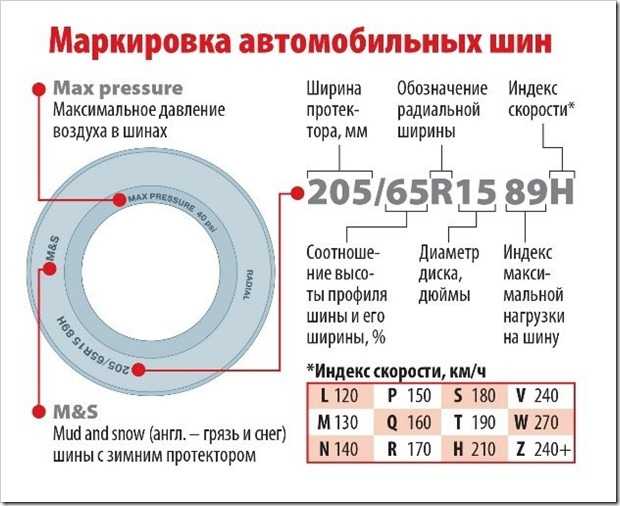 Such a model will have a higher load than its P-metric counterpart.
Such a model will have a higher load than its P-metric counterpart.
2. Michelin Tire DOT Code Decoder
After the word “DOT,” you’ll find the plant location, manufacturing code, and the tire’s birthday.
In other words, the Michelin tire manufacture date can be found at the end of the second section. They are the last four digits of the tire code, usually below the tire specs.
This sequence is also called the DOT safety code or DOT TIN (Department of Transportation Tire Identification number). It can be up to 13 characters.
3. UTQG rating
UTQG stands for Uniform Quality Tire Grading. This section shows the tire’s treadwear, traction, and temperature grades as determined by National Highway Traffic Safety Administration (NHTSA).
The DOT stamp has the following codes in order from first to last:
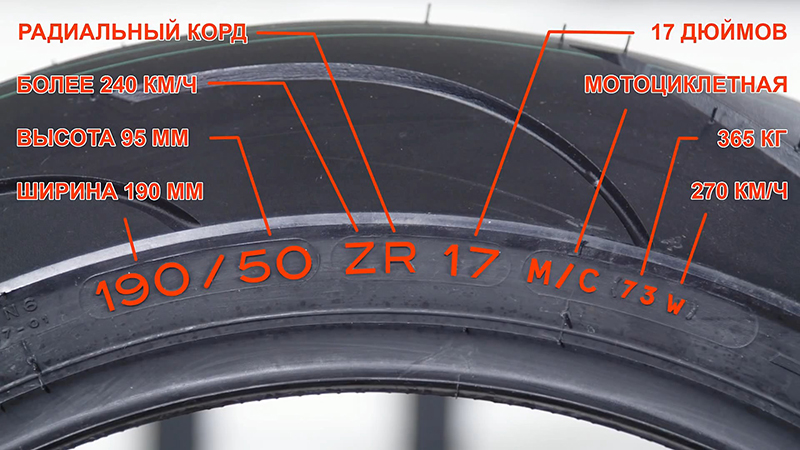
For example, 001x and 002x were traced in a complaint for Michelin Pilot Sport.
So if you feel that the manufacturing code is unusual like 006x or 009x, it’s not the date the tire was made. You’ll need to focus on the next few digits for that, which are the year and week codes.
Remember that the tire date code before 2000 has three numbers in the last grouping of the DOT sequence. The first two digits represent the week of the year while the third or last number indicates the year of manufacture.
For example, if the DOT code ends with “214,” it means the tire was built during the 21st week of 1994.
Meanwhile, models made after 2000 will have four numbers, wherein the first two digits specify the week the tire was made and the remaining two digits refer to the manufacture year.
As an illustration, if the last four numbers of the DOT code are “0514”, then the tire was made in the 5th week of 2014.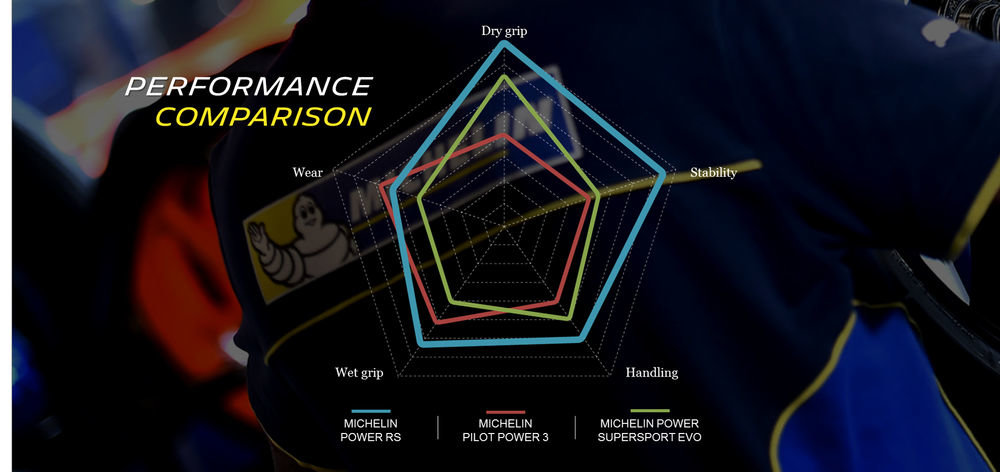
Now that you know how to identify which code stands for tire manufacture date location and other info, you can calculate Michelin tire age.
Even if Michelin produces different designs of sidewalls, be assured that the date code on Michelin tires is always printed on both sides of the sidewalls.
Learning how to read Michelin tire date codes is a basic skill for vehicle owners.
At first, the tire markings may seem confusing because they use different sets of letters and numbers. It is possible to mix up the week of manufacture with the production year.
Reading the codes on the tire’s sidewall will be a piece of cake if you familiarize yourself with the arrangement of the information such as the DOT, plant code, manufacturing code, etc.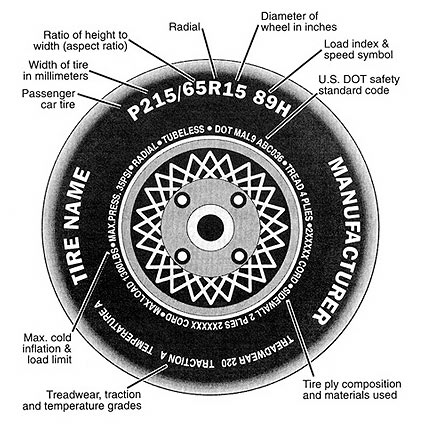
If you find this guide helpful, feel free to tell us other topics you would like to learn about.
Categories FAQsI'm Henry, the content writer for PPMC Transport. We build our site entirely on experience and extensive market and customer research. My goal is to create a trusted platform where people can go to determine what is best for their vehicles in terms of safety and convenience. Keep an eye out for our useful guide!
- Speciale Henry
Add a header to begin generating the table of contents
The Michelin dot code lookup is a handy tool that can help you identify the sidewall of your tires and make sure they are inflated properly. Michelin makes tires with different types of sidewalls, such as: open, closed, bias ply, and radial. It’s important to know which type of sidewall your tire has so you can look up what PSI you need to inflate it.
It’s easy to check by pulling your tire off of the rim.
Michelin dot code lookup is a useful way to find out the size of a tire that was replaced for your car. The service can be done from home by entering in the information from the old tires and the new ones. The tool will generate a list of Michelin tires that match your car’s specifications.
The Michelin Dot Code is a way to identify the tire’s size, as well as the production date and the plant where it was produced. The first two digits on the front of the tire indicate what type of car it belongs to, so it’s important to know your vehicle’s make before looking up this code.
This number can be found on your vehicle’s registration or title. The next four digits are your tire size located on the sidewall of the tire. The final two numbers are the production day and the plant that made the tire.
The Michelin DOT code of a tire may be found on the sidewall.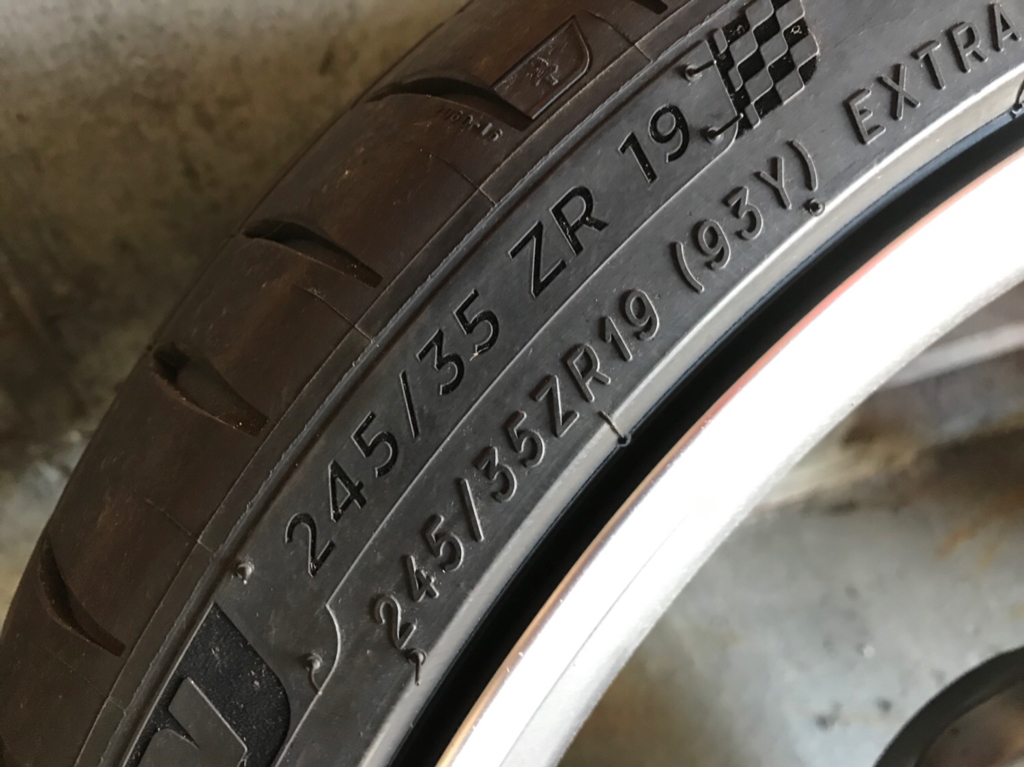 In this case, one of the most important pieces of information that can be gleaned is when the tyre was created. Since the year 2000, the date component of the code – the final digits – has been made up of four numbers, rather than the traditional three.
In this case, one of the most important pieces of information that can be gleaned is when the tyre was created. Since the year 2000, the date component of the code – the final digits – has been made up of four numbers, rather than the traditional three.
If you’re restoring a vehicle, you might be able to find its dot code by looking up the year on the vehicle’s registration or title. The next time you go to buy a new set of tires, check to see if the tire pressure on your car is about the same as the PSI on the sidewall.
Simply it means Zero PressuRun-flat technology in MICHELIN® Zero Pressure tires enables you to travel up to 50 miles at 50 mph with a flat tire, allowing you to save money on gas.
Tires for automobiles and trucks are obliged to show a Department of Transportation (DOT) code, which contains all the information necessary to determine the precise age of your vehicle’s tyres.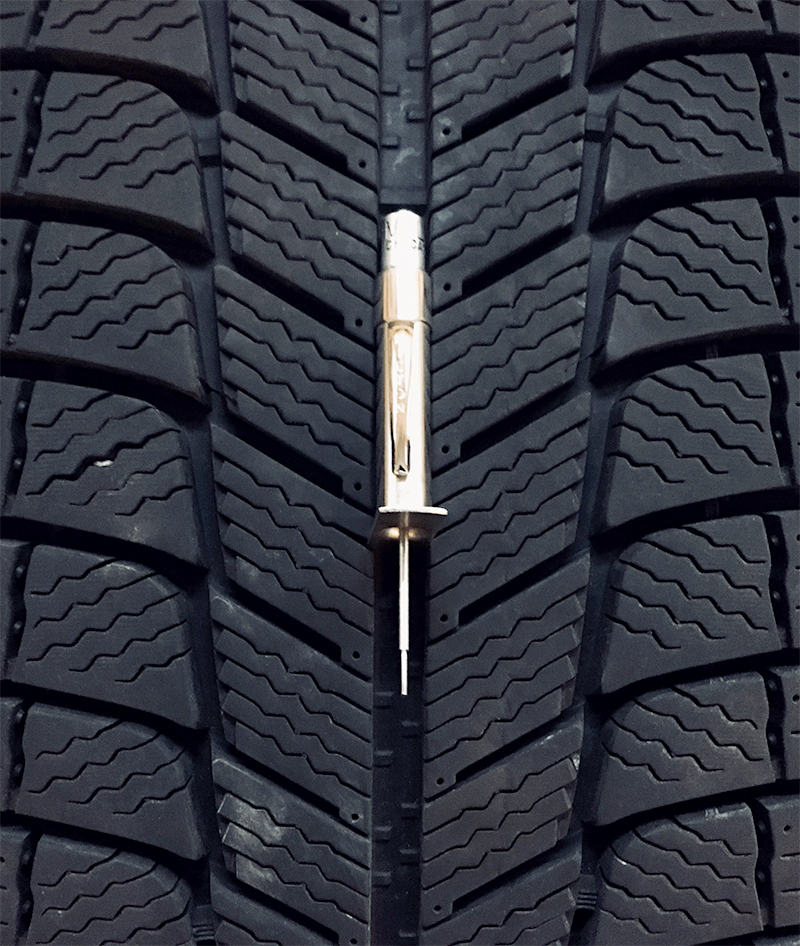
When looking at the sidewall of a tyre, look for the Michelin DOT code, which is often a three or four-digit number preceded by a series of letters and numbers.
There are no expiration dates on Michelin tires, *Michelin claims.
Michelin makes a variety of tires that may be used as Run Flats. The sidewall of a Michelin tire is marked with the letter ZP to indicate that it is a Run Flat tire. This sign may be seen on the sidewall of the tires you presently have installed on your car.
Mitchelin tires are a popular brand that has soared in popularity over the last decade. The company was founded in 1966 by Ray Mitchel, and were much more expensive to buy than the competition when they first came out. This led many people to believe that they were not worth the higher price tag. However, since then, the company has released newer models of their tires with improved performance and lower prices, which have made them a much better value for your money.
For decades, Michelin has been the gold standard for quality tires. It is not uncommon for people to replace their tires after 10 years or 100 thousand miles. However, there are plenty of tire companies that rival Michelin’s status as a premium tire company. Many drivers are discovering that other brands, such as Goodyear and Bridgestone, offer products that can do everything Michelin can do at a lower cost.
Is Michelin a quality brand worth the price? The short answer is yes. Michelin is known for producing high quality tires in several different models, with their most popular tire being the Michelin Premier A/S. The Premier A/S is placed in groups that are based on size and type of car.
Michelin brand tires are by far one of the most popular brands among consumers.
Mitchelin tires are one of the most popular tire brands in the world. One of the reasons for this is because there are many different types of Mitchelin tires that are designed for specific needs. For instance, if you have a large SUV built to carry heavy loads, you would be looking for a tough tire with high performance capabilities so it can handle heavy loads, but if you have an old economy car, you would likely want to look into budget conscious options.
Tags: DOT Code, Michelin DOT, Michelin DOT Code Lookup
New tires for a car are expensive. Therefore, the buyer naturally wants to purchase high quality products. Data on technical characteristics are given in the marking, among them is the date of manufacture of the tire, one of the parameters that is worth focusing on.
Therefore, the buyer naturally wants to purchase high quality products. Data on technical characteristics are given in the marking, among them is the date of manufacture of the tire, one of the parameters that is worth focusing on.
Most tire manufacturers guarantee the stability of their technical characteristics for five years. This means that during this period the rubber withstands the impact of external adverse factors well. Provides optimum road grip and machine stability without cracking. After the expiration of the stated shelf life, the likelihood of defects increases many times over. Therefore the production date of the tire primarily affects the duration of their operation.
Tire aging has a negative impact on vehicle handling and increases the likelihood of traffic accidents. The date of issue of tires must be recognized immediately at the stage of purchase. This will save you from purchasing products that will not last as long as you would like.
This will save you from purchasing products that will not last as long as you would like.
However, the quality of tires is affected not only by the date of their manufacture, but also by the peculiarities of rubber storage in factories and warehouses. Failure to comply with the parameters of temperature, humidity, degree of illumination worsens the properties of the material. Rubber loses its elasticity and factory strength, becomes more brittle. The susceptibility of tires to loads increases.
The production date of the tire is of course important. Definitely not worth considering the purchase of products that have lain for more than 5 years in the store. Long-term storage, even with strict adherence to all recommendations specified by the manufacturer, leads to a weakening of intermolecular bonds in the material. As a result, small cracks form on the surface of the rubber, which will gradually diverge during driving.
Date of manufacture of the tire
Determination of the exact date of manufacture of the tire allows you to choose the most "fresh products". This naturally extends the duration of trouble-free driving. But car owners should not forget that the resource of tires depends on the nature of driving. To extend it as much as possible, it is necessary to ensure uniform pressure in the chambers. Avoid overloading the vehicle and aggressive driving. Tires should be selected taking into account the characteristics of the operation of the car and change them depending on the season of the year.
Where can I see the period of manufacture on tires? The digital designation of the date of manufacture is written on the side surface of the product in one line with another marking of the goods. All car tires produced after 2000 are marked with four adjacent numbers.
where to look at the production date of the tire
Finding out the real year of the tire is quite easy.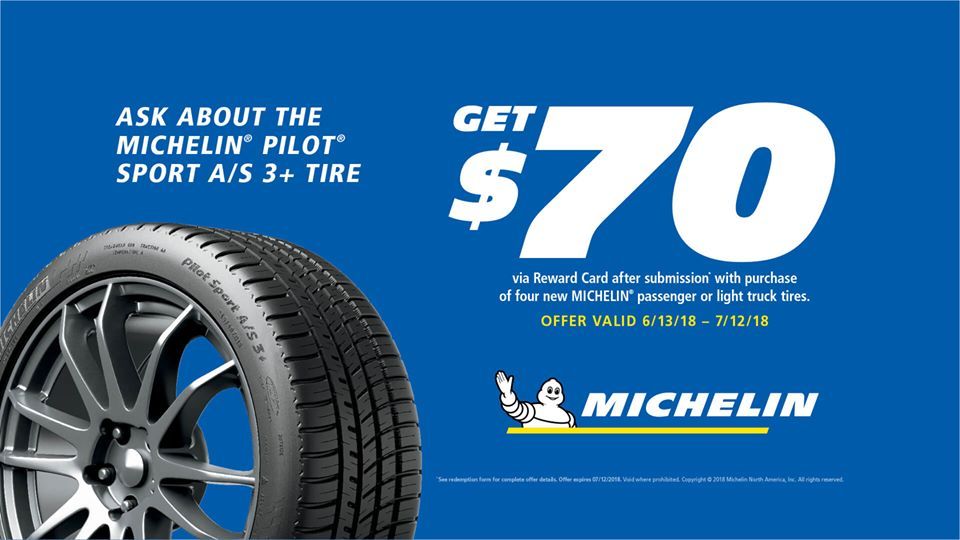 Knocked out 4 The numbers indicate the week the product rolled off the assembly line and the year it was manufactured. However, sometimes tires come across, the release date of which is indicated by three digits. This clearly indicates that the product was made before 2000 .
Knocked out 4 The numbers indicate the week the product rolled off the assembly line and the year it was manufactured. However, sometimes tires come across, the release date of which is indicated by three digits. This clearly indicates that the product was made before 2000 .
Two of the three digits at the beginning indicate the week of production, the last indicates the year.
For example, there is such a marking * 117 *. Here 11 is the week of release, and 7 stands for 1987 . Items manufactured in 1997 will be marked differently - * 117 *. That is, after the number 7 they have a space or some kind of sign, and only after that an asterisk.
Car tires with a three-digit production date stamped are not worth buying. Surely the rubber of such tires has hardened and cracked. For at least 10 years, it is hardly possible to withstand all the storage conditions recommended by the manufacturer.
For at least 10 years, it is hardly possible to withstand all the storage conditions recommended by the manufacturer.
To understand the production date of a tire manufactured by a European manufacturer ( Nokian, Michelin, Toyo ), you need to find the DOT marking. To do this, you need:
How to determine the year of manufacture, for example, with the designation 0815 . The number 08 indicates the week 8 , which is approximately the month of February. The number 15 means that the tires left the factory at 2015 . Such products are considered relatively new. And if they were stored correctly, then they can be safely bought.
production time
Most auto parts companies don't think you should only buy tires that are no more than 5 years old. Products made of high-quality rubber cannot quickly deteriorate under the conditions of their transportation and storage.
Products made of high-quality rubber cannot quickly deteriorate under the conditions of their transportation and storage.
The French company Michelin carried out several tests (for strength under increased loads, for rolling resistance). On the basis of which it was reliably established that there is no difference between a completely new product and a product manufactured 3 years ago. Tires begin to undergo active wear from the moment they are used. Therefore, this period is more important than when they were produced.
Colleagues' conclusions are also supported by tire manufacturers tires bridgestone , nokian . Moreover, many of the recognized companies believe that quality tires, manufactured in compliance with all technical standards, can last for 10 years or more.
How close to the date of purchase should the production date of the tire be? Rubber importers assure that it is not worth striving to necessarily look for a product made by 1-2 years ago.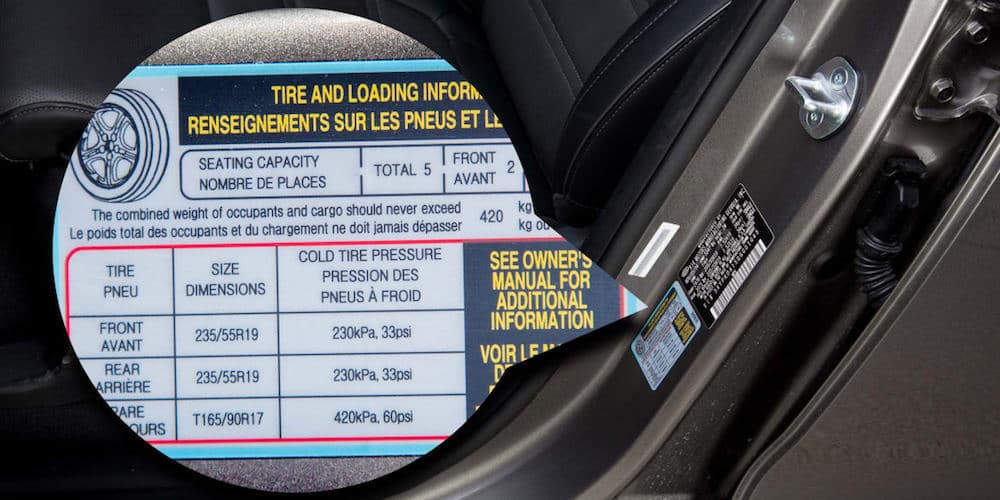 It is quite possible to purchase wheels produced 3 and 4 years ago, usually most stores sell just such products.
It is quite possible to purchase wheels produced 3 and 4 years ago, usually most stores sell just such products.
It is usually difficult to find all 4 wheels from the same lot. Moreover, this does not affect the characteristics of the product. Usually, those who sell such products do not seek to pick up a kit that is identical by date of production. That is, you can buy tires with different production times, which may differ by several months, and this is quite normal.
tire production year - 2016
Tires should be inspected before purchase. Rubber aging is indicated by:
Tires with such structural changes and defects should not be bought. They will not last long, which will force you to spend money again. If possible, it is worth looking at how the products are stored in the warehouse.
Tires must be on racks in a standing position. The room should be well ventilated with a temperature of 10-20 degrees of heat. Exposure to direct sunlight is unacceptable. Once a quarter, warehouse workers are required to turn tires over, changing their point of support. Be sure to look at the presence of flammable liquids and auto chemical goods near. In their presence, rubber deteriorates faster.
Exposure to direct sunlight is unacceptable. Once a quarter, warehouse workers are required to turn tires over, changing their point of support. Be sure to look at the presence of flammable liquids and auto chemical goods near. In their presence, rubber deteriorates faster.
The life of rubber can be extended if it is properly cared for:
0093 5 years. In 2021 , it is already worth buying tires that were released no earlier than 2016 .
tire storage
For 15 years I have been repairing various types of cars, including brands such as VAZ, UAZ, Chevrolet, Mazda, Kia and many others. Everything related to the box, engine or chassis. You can write me your question below in the comments and I will try to answer it in detail.
Source
The marking on the side of a passenger car tire is called a marking.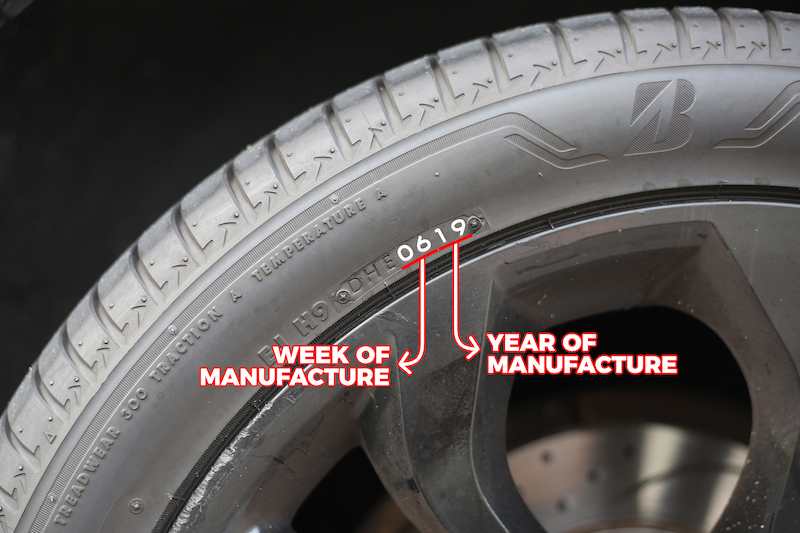 It consists of several numbers, letters and graphic elements, the number of which sometimes reaches 12-15.
It consists of several numbers, letters and graphic elements, the number of which sometimes reaches 12-15.
All manufacturers put their logo and name on the side of the wheel.
Many companies have factories in different countries, and the quality of their products can vary significantly. For example, Japanese Bridgestone tires can be produced in Italy, France, Finland, Thailand, Malaysia and many other countries.
Some tires have the inscription “Made in …”, but if not, you can find out in which country the rubber was produced by the DOT code. Thanks to it, you can also find out the series, plant and date of manufacture of a particular instance.
The country of manufacture is encrypted in the form of 2 letters, which are located immediately after the DOT abbreviation. For example:
Each manufacturer has its own naming system for their plants. So the famous brand Bridgestone puts on board such codes
In addition to the brand name, manufacturers indicate its model on the tire. Most brands have several model lines (or lines) that differ:
Most brands have several model lines (or lines) that differ:
Within one model, the buyer can choose the wheel diameter and profile that suits him.
Each range is designed for a specific user who cares about speed, durability or economy. For example, Michelin has in its range the Energy model, which is environmentally friendly and saves fuel.
For fans of fast and hard driving, the Michelin Primacy model provides a high index of speed and control during maneuvers.
The model name has numbers and letters. They are registered immediately after the name of the manufacturer.
It is easy to identify the pattern and type of tread by the model name.
The directional tread has an arrow indicating the direction of rotation and the inscription "Rotation".
Asymmetric tires are equipped with Outside and Inside markers, which help to properly mount the rubber.
Correspondence of the speed of its indicators can be found from the table:
| The maximum speed (km/h) | 9030 9030 | 9030 9020 9020 9020 9020 9020 9020 9020 9020 9020 9020 9020 9020 9020 9020 9020 9020 9020 9020 9020 9020 9020 9020 9020 9020 9020 9020 9020 9020 90AM 130 | M | |||||||||
| 140 | N | |||||||||||
| 150 | Р | |||||||||||
| 160 | Q | |||||||||||
| 170 | R | |||||||||||
| 180 | S | |||||||||||
| 190 | Т | |||||||||||
| 200 | U | |||||||||||
| 210 | H | |||||||||||
| 240 | V | |||||||||||
| 270 | W | |||||||||||
| 300 9030 | Y0298 280 | 77 | 412 | 90 | 600 | 103 | 875 | 116 | 1250 | |||
| 65 | 290 | 78 | 425 | 91 | 615 | 104 | 900 | 117 | 1285 9030 | |||
| 66 | 300 | 79 | 437 | 105 905 903 905 905 903 905 905 905 905 905 905 905 905 905 905 905 905 905 905 905 905 905 905 905 905 905 905 905 90AM8 1320 | ||||||||
| 67 | 307 | 80 | 450 | 93 | 650 | 106 | 950 | 119 | 1360 | |||
| 68 | 315 | 81 | 462 | 94 | 670 | 107 | 975 | 120 | 1400 9030 | |||
| 69 | 325 | 98 475 | 98 475 | 98 475 | 98 475 | 475 9030 | 475 9030 | 475 9030 | 475 0301 | 1000 | 121 | 1450 |
| 70 | 335 | 83 | 478 | 96 | 710 | 109 | 1030 | 122 | 1500 | |||
| 71 | 345 | 84 | 500 | 730 9030 | 110 | 1060 | 123 | 1550 | ||||